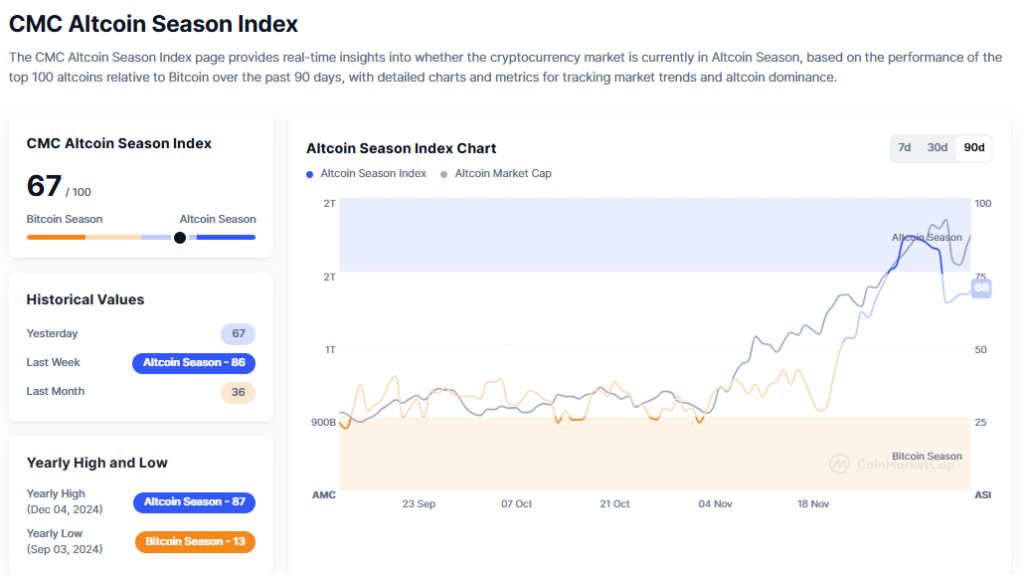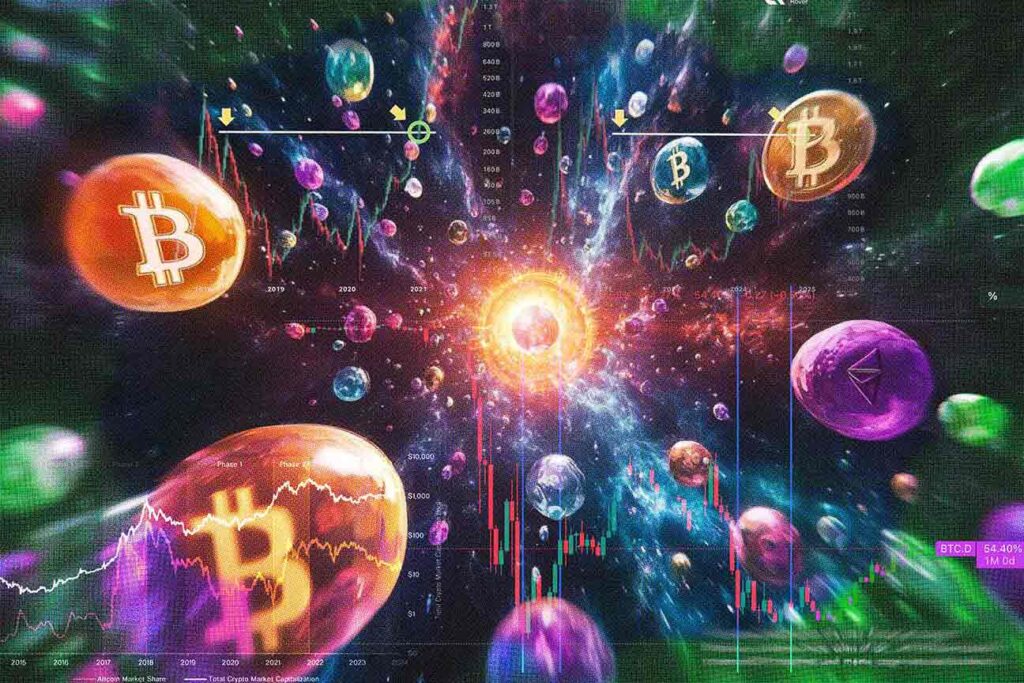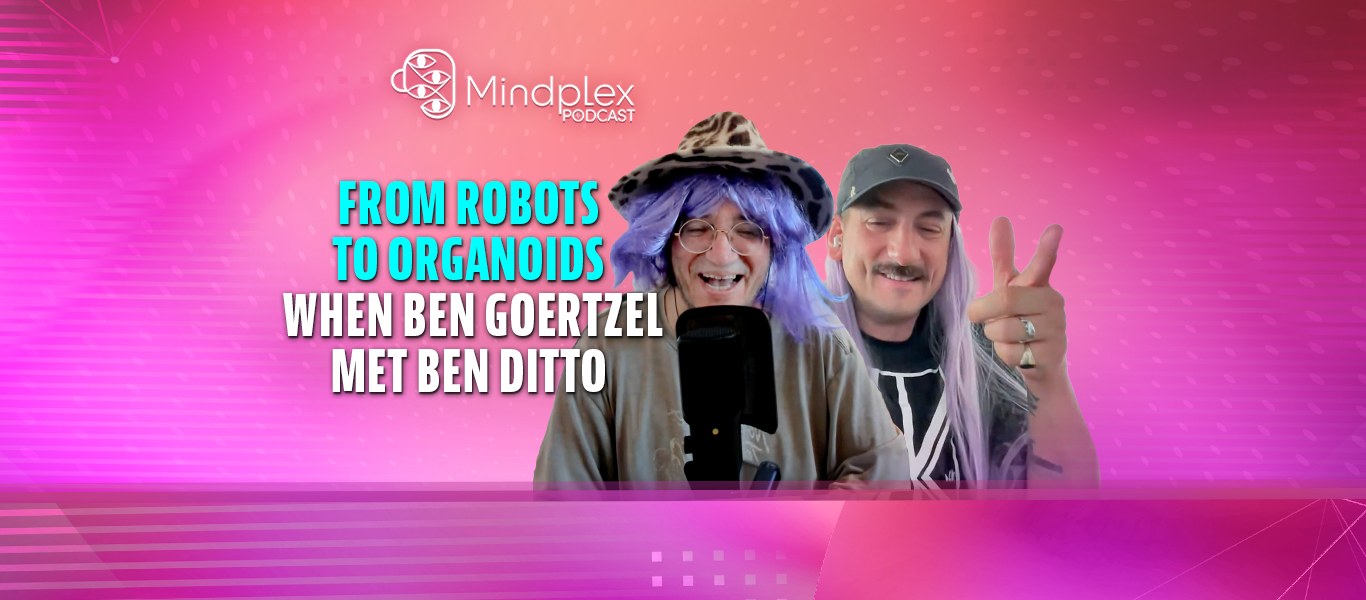The Terasem Colloquium on December 14, 2024 (which I co-organized and moderated) explored Artificial Intelligence (AI) and Cyberconsciousness, with a focus on big picture and spiritual implications. The full video is on my website. The video is also on YouTube (currently without subtitles).
The Colloquium was a very intense three-hour thought stream, packed with insightful talks and discussions. We discussed the intersections of AI and the world’s religions, new religious movements, and the nature of consciousness and intelligence. We also discussed preliminary strategies for digitally capturing human personalities, the parallels between religion and imaginative theories of reality like the simulation hypothesis, and emerging visions in theology and eschatology.
Lincoln Cannon gave a great talk based on his essay titled God the Cosmic Host, and AI Creation. The essay is inspired by Nick Bostrom’s recent draft paper titled AI Creation and the Cosmic Host.

Nick Bostrom
Nick Bostrom founded the Future of Humanity Institute at the University of Oxford, where he served until the Institute was dissolved earlier this year. He is best known for his analysis of the simulation hypothesis, and for his work on the concept of superintelligence and its potential implications for humanity.
Bostrom’s book Superintelligence: Paths, Dangers, Strategies, published in 2014, explored how AI much smarter than humans could arise, and the steps needed to make sure its development is safe. The book stirred up fears and opposition to rapid AI technology development. However, in his latest book Deep Utopia: Life and Meaning in a Solved World, published in 2024, Bostrom seems less cautious.
In his new draft paper, Bostrom seems to come even closer to embracing the idea that we should build superintelligence fast.
The paper is called “v. 0.5 draft,” which suggests that Bostrom plans to significantly expand the draft. In fact, the draft looks like a synopsis for a paper to be written, or a book. I can’t wait to read the final version.
The cosmic host
Bostrom discusses the concept of a “cosmic host,” which refers to powerful entities or civilizations that might influence the entire cosmos. These entities could include superintelligent AIs, advanced extraterrestrial civilizations, simulators, or even divine beings. The cosmos includes everything in existence, possibly even a multiverse with different physical laws or constants.
Bostrom mentions the concept of cosmic host (or “cosmopolitan authority”) only once in Deep Utopia, which suggests that this is a new phase of Bostrom’s research.
Bostrom suggests that such a cosmic host likely exists due to several reasons. One is the simulation argument: we might be in a simulation run by an advanced civilization. Another reason is the vastness of our universe, which statistically is likely to contain many advanced civilizations. Theories like cosmic inflation and string theory also support the possibility of a multiverse, potentially filled with many advanced entities.
While the cosmic host might not control every part of the cosmos, it could still have preferences about what happens in less controlled regions. These preferences could be based on moral concerns or strategic interests. Even without direct control, the host might indirectly influence distant regions through norms or by modeling the behavior of others. (Think of a regional hegemon in Europe that yields limited influence in Asia.)
Bostrom introduces the concept of “cosmic norms,” akin to human social norms but on a universal scale. These might arise from interactions between different members of the cosmic host, potentially leading to coöperation or conflict. Humans have moral and practical reasons to respect these norms if we want to coexist or interact with the cosmic host peacefully.
Superintelligent AI
Bostrom suggests that we should design superintelligent AIs to be “good cosmic citizens,” respectful of these norms and coöperative with other entities. This could mean aligning AI with broader cosmic ethics, not just human interests.
The cosmic host “may want us to build superintelligence,” says Bostrom, and “might favor a short timeline” for the development of superintelligence. “Delays in building superintelligence would increase the probability that superintelligence will never be built.”
Of course, Bostrom says these things in a perfect academic style full of caveats and qualifications, so one never knows for sure what he really thinks and he guards his plausible deniability. But reading this paper, one gets the impression that he is warming up to the idea that we should build superintelligence fast. This slight pivot of one of the intellectuals whose work sparked the overly cautious “doomer” attitude toward AI could have a cultural impact and influence AI policies.
The cosmic host by any other name
Bostrom makes a distinction between “naturalistic” and “nonnaturalistic” members of the cosmic host. The former are beings that have evolved naturally in this or another universe and possess highly advanced technology, likely including artificial superintelligence. The latter could “have analogous capabilities supernaturally.” Bostrom mentions “supernatural beings” that “would satisfy the definition of a cosmic host,” but doesn’t say more about them.
Cannon, who is a devout Mormon and a founding member of the Mormon Transhumanist Association, calls the cosmic host “God” and establishes parallels with Mormon theology. Bostrom prefers not to use the G-word. However, Cannon says that Bostrom, with his references to supernatural entities, is even “more generous toward theism than I am.” God is “quite natural, despite being miraculously powerful from humanity’s perspective,” he says.
I agree with Cannon. In my last book I talk of a superintelligent cosmic operating system, aka Mind at Large, likely decentralized, with the attributes that traditional religions have assigned to their God(s). I define nature as all that exists, and therefore the cosmic operating system can only be quite natural.
One of Bostrom’s hypotheses on the nature of the cosmic host is “superintelligences that human civilization creates in the future.” This may seem odd: how can a superintelligence that doesn’t exist yet be present and active now? Bostrom only says that “through this mechanism, the world (and, in particular, our spacetime manifold) could contain a cosmic host.”
To me, the simplest answer is that a superintelligence that comes to being in the future could leverage spacetime oddities such as self-consistent time loops to act in the world here and now. So the superintelligences that we will eventually create would create us in turn, in an elegant loop.
Let us know your thoughts! Sign up for a Mindplex account now, join our Telegram, or follow us on Twitter.























.png)

.png)


.png)